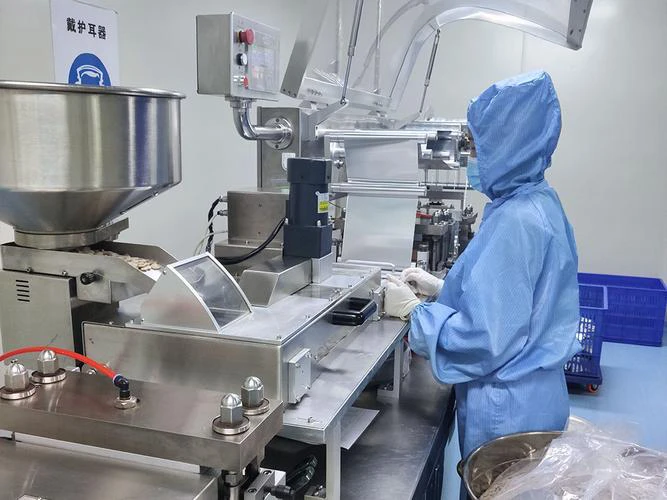- Afrikaans
- Albanian
- Amharic
- Arabic
- Armenian
- Azerbaijani
- Basque
- Belarusian
- Bengali
- Bosnian
- Bulgarian
- Catalan
- Cebuano
- Corsican
- Croatian
- Czech
- Danish
- Dutch
- English
- Esperanto
- Estonian
- Finnish
- French
- Frisian
- Galician
- Georgian
- German
- Greek
- Gujarati
- Haitian Creole
- hausa
- hawaiian
- Hebrew
- Hindi
- Miao
- Hungarian
- Icelandic
- igbo
- Indonesian
- irish
- Italian
- Japanese
- Javanese
- Kannada
- kazakh
- Khmer
- Rwandese
- Korean
- Kurdish
- Kyrgyz
- Lao
- Latin
- Latvian
- Lithuanian
- Luxembourgish
- Macedonian
- Malgashi
- Malay
- Malayalam
- Maltese
- Maori
- Marathi
- Mongolian
- Myanmar
- Nepali
- Norwegian
- Norwegian
- Occitan
- Pashto
- Persian
- Polish
- Portuguese
- Punjabi
- Romanian
- Russian
- Samoan
- Scottish Gaelic
- Serbian
- Sesotho
- Shona
- Sindhi
- Sinhala
- Slovak
- Slovenian
- Somali
- Spanish
- Sundanese
- Swahili
- Swedish
- Tagalog
- Tajik
- Tamil
- Tatar
- Telugu
- Thai
- Turkish
- Turkmen
- Ukrainian
- Urdu
- Uighur
- Uzbek
- Vietnamese
- Welsh
- Bantu
- Yiddish
- Yoruba
- Zulu
നവം . 19, 2024 22:28 Back to list
disinfectants in veterinary practice
The Role of Disinfectants in Veterinary Practice
In the realm of veterinary medicine, maintaining a clean and sanitary environment is fundamental to ensuring the health and well-being of animals. Disinfectants play a pivotal role in this effort, serving as essential tools for preventing the spread of infectious diseases in both clinical settings and animal facilities. Understanding the different types of disinfectants and their appropriate uses is crucial for veterinary practitioners.
Disinfectants are chemical agents designed to destroy or inactive harmful microorganisms on surfaces, instruments, and equipment. In veterinary practice, they are employed in various settings, including clinics, stables, kennels, and shelters. The effectiveness of a disinfectant is determined by several factors, including the type of pathogen, the presence of organic matter, the surface being disinfected, and the contact time required for the disinfectant to work effectively.
One of the most commonly used disinfectants in veterinary practices is quaternary ammonium compounds (quats). These are effective against a broad spectrum of bacteria, fungi, and some viruses. Their advantages include being non-corrosive and relatively safe for use on various surfaces. However, they can be inactivated by organic matter, which necessitates thorough cleaning before application.
Chlorine-based disinfectants, such as sodium hypochlorite, are also widely utilized due to their potent antimicrobial properties. They are particularly effective against viruses and can be used in various dilutions depending on the level of disinfection required. However, they can be harsh on surfaces and may cause irritation to skin and respiratory tracts, necessitating careful handling and appropriate safety measures.
disinfectants in veterinary practice

Another notable category of disinfectants is phenolic compounds. These are effective against a wide range of pathogens, including bacteria and fungi, but are less effective against certain viruses. Phenolics can be quite toxic, so their use requires cautious application and proper ventilation in the treated environment.
In recent years, there has been an increase in the use of environmentally friendly or organic disinfectants, which leverage natural compounds to achieve microbial control. These products are often marketed as safer alternatives, especially in facilities that prioritize sustainability and the welfare of animals. While they can be effective, their efficacy should be evaluated based on the specific pathogens present.
The proper use of disinfectants in veterinary practice is essential for infection control, but it also requires staff training and adherence to protocols. Routine cleaning and disinfection of surfaces and equipment can significantly reduce the risk of disease transmission. Moreover, choosing the right disinfectant for the task at hand, understanding its limitations, and recognizing the importance of personal protective equipment (PPE) are crucial components of effective practice.
In conclusion, disinfectants are indispensable in veterinary medicine, providing essential protection against infectious diseases. By selecting appropriate products and applying them correctly, veterinary professionals can create safer environments that promote the health of animals and the efficacy of their practice.
-
Guide to Oxytetracycline Injection
NewsMar.27,2025
-
Guide to Colistin Sulphate
NewsMar.27,2025
-
Gentamicin Sulfate: Uses, Price, And Key Information
NewsMar.27,2025
-
Enrofloxacin Injection: Uses, Price, And Supplier Information
NewsMar.27,2025
-
Dexamethasone Sodium Phosphate Injection: Uses, Price, And Key Information
NewsMar.27,2025
-
Albendazole Tablet: Uses, Dosage, Cost, And Key Information
NewsMar.27,2025













